Unknown Hotel (언노운호텔)
19.0Km 2024-12-23
27 , Damju 1-gil, Damyang-gun, Jeollanam-do
+82-61-382-2600
The Unknown Hotel in Damyang, Jeollanam-do, stands out because of its dramatic use of color, inspired by the extraordinary light and color of Edward Hopper’s interiors. There is a range of rooms, all with comfy king-size beds. The Signature Room has two bedrooms and a living room with a six-person table suitable for meetings and family gatherings. Guests can rent a bicycle from the hotel and enjoy a bike ride to Juknokwon Bamboo Forest, Gwanbangjerim Woods, and Redwood Road.
Deokinkwan (덕인관)
19.1Km 2024-12-26
전라남도 담양군 담양읍 죽향대로 1121
061-381-7881
Originally opened in 1963 under the name ‘Deokin Eumsikjeom,’ this establishment boasts over 60 years of history. It is run by Park Gyu-wan, a designated Korean Food Grand Master No. 82, specializing in meat (grilled galbi). Initially, the restaurant served Korean table d’hote focused on galbi, but it has since evolved into a tteokgalbi specialty restaurant. The restaurant uses Korean cow beef ribs marinated in the master’s secret sauce.
Cheonghakdong Hoegwan (청학동회관)
19.1Km 2024-04-07
31 Gwanseodang-gil, Namwon-si, Jeonbuk-do
This restaurant has 60 years of tradition. As a traditional Korean house, it has a small pond with a watermill. The restaurant serves Namwon’s authentic Korean table d’hote, featuring about 20 dishes. The representative Cheonghakdong Set Menu includes Jeolla region's delicacies, such as hongeo samhap (skate, pork, and kimchi combo), braised galbi, Yeonggwang gulbi (dried yellow croaker), and japchae. The restaurant also has private rooms for family and groups who wish to dine in a more quiet manner.
Gudam Village (구담마을)
19.2Km 2024-04-07
49, Cheondam 1-gil, Imsil-gun, Jeonbuk-do
+82-63-644-9051
Located at the beginning of the Seomjingang River, the steep banks in Gudam Village are covered in maehwa (plum blossoms) in white and red. While strolling along the 3-kilometer-long path of the riverside that connects Gudam Village to Cheondam Village, tourists will be impressed by the beautiful scene created by the plum and cherry blossoms. The village became more and more famous thanks to its cozy ambience created by the Seomjingang River, plum blossoms and Zelkova at the mouth of the village, attracting visitors to enjoy a walking trip. The village has also served as a filming location for movies, including the film "Spring in My Hometown (1998)."
Damyang Apzip (담양앞집)
19.2Km 2024-12-26
전라남도 담양군 담양읍 죽향문화로 22
This restaurant is famous for serving Damyang tteokgalbi (Grilled Galbi Patties), served alongside noodles. They use local produce and focus on enhancing the ingredients’ natural flavors. When you order tteokgalbi here, it’s presented on a large plate with a salad, much like a Western-style brunch. Their housemade noodles, crafted from a blend of buckwheat and Damyang bamboo leaves, are also a standout.
Namwon Aircraft & Space Observatory (남원항공우주천문대)
19.3Km 2024-04-07
48-63, Yangnim-gil, Namwon-si, Jeonbuk-do
+82-63-620-6900
Chosen as a government funded project, Namwon Aircraft & Space Observatory was granted 4.6 billion won by the Ministry of Science, ICT and Future Planning in 2006 for project development.
The three-story observatory, with a total area of 6,532 square meters, has an exhibition hall showing the history of space aviation, an aviation experience hall, and a 10-meter-wide dome showing images of the night sky. The secondary observatory is equipped with a 600 millimeter telecope and other astronomical telescopes ranging in focal length from 125 millimeter to 350 millimeter for observing Namwon's night sky. In addition to the telecopes, retired combat planes from the air force, including the main fighter plane Phantom from the 1970s, are displayed outside.
Namwon Aircraft & Space Observatory offers programs such as tours and experience programs for groups. These include a 4D film experience of the sun and celestial bodies, a virtual aviation experience, and lectures about astronomy, all of which can accommodate up to 120 people per session. A variety of classroom learning activities are also offered in the summer to attract more visitors.
Korea Bamboo Museum (한국대나무박물관)
19.3Km 2021-07-19
35, Jukhyangmunhwa-ro, Damyang-gun, Jeollanam-do
+82-61-380-2901
The Korean Bamboo Museum is a comprehensive complex that preserves, exhibits, produces, and allows people to experience bamboo products. First opened in 1981 at Damju-ri, the museum was expanded and relocated to the current location in March 1998. Not only does the museum provide bamboo-related exhibitions, it also provides techniques on making bamboo products as well as holds the Bamboo Festival every May.
Myeongmun Jegwa (명문제과)
19.4Km 2024-04-07
56 Yongseong-ro, Namwon-si, Jeonbuk-do
Myeongmun Jegwa is a bakery that has been situated in its current location for nearly 40 years. It is so famous that people from all over the country come to Namwon to taste the bread here. A line of people can be seen here all day, regardless of weekdays or weekends. Signature bread items include a Korean streusel bun filled with whipped cream, honey almond bread, and homemade ham bread. Fresh bread is available at 10:00, 13:30, and 16:30, and order tickets are handed out before the bread comes out. It is located near major tourist attractions in Namwon, such as Gwanghalluwon Garden and Chunhyang Theme Park, making it a good place to add in the itinerary.
Namwon AirRail (남원에어레일)
19.5Km 2024-04-17
86 Sori-gil, Namwon-si, Jeonbuk-do
Namwon AirRail is a 2.44-kilometer monorail that circulates three stations: Chunhyang Theme Park within the major Namwon tourist resort; Hampawoo Korean Music Experience Center; and Namwon Aircraft & Space Observatory. It boasts an in-vehicle cooling and heating system and a comfortable interior space for eight people. Passengers can view the beautiful scenery of Namwon while moving along the high-altitude rail at a maximum x_height of 11.2 meters and feel as if they're riding a luxurious roller coaster over the view along the sky road. As such, it offers a healing and thrilling experience.
Chunhyang Culture & Art Center (춘향문화예술회관)
19.7Km 2024-04-07
43, Yangnim-gil, Namwon-si, Jeonbuk-do
+82-63-620-5724
Located in Namwon, the birthplace of gugak (Korean classical music), the Chunhyang Culture & Art Center was established to preserve and promote the cultural asset, while providing spaces for art and culture.
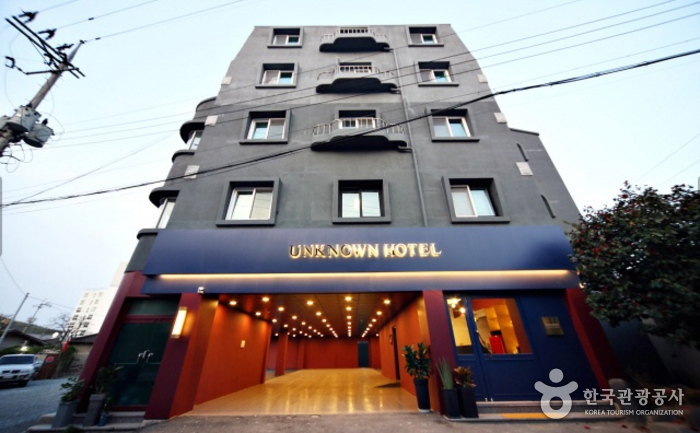

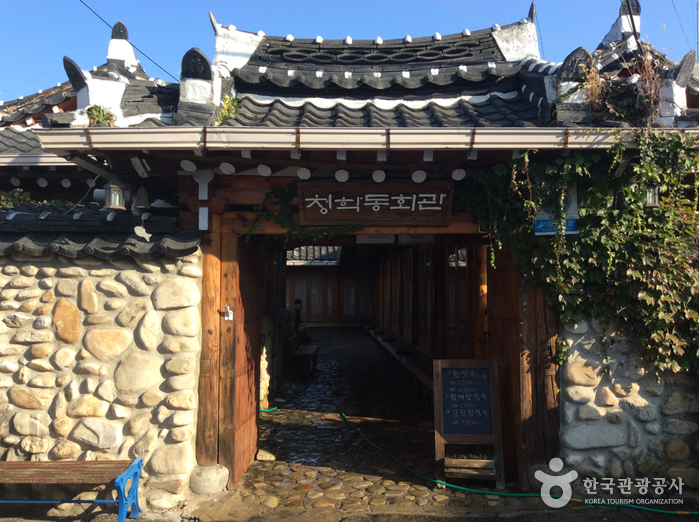
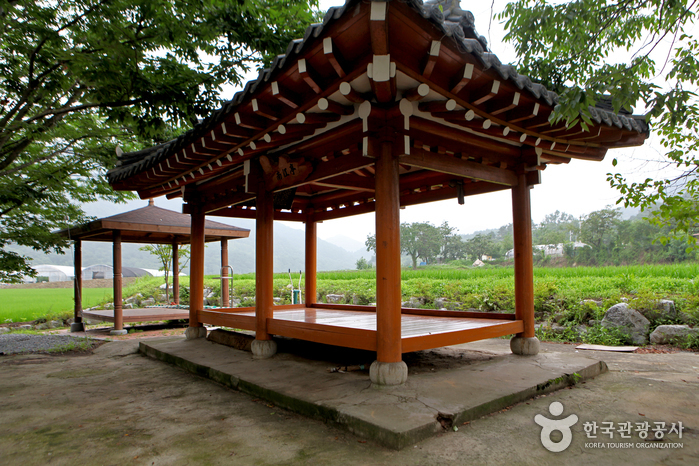
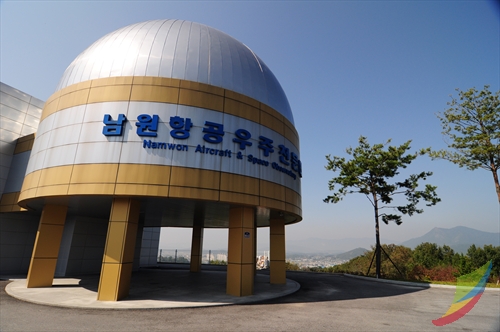
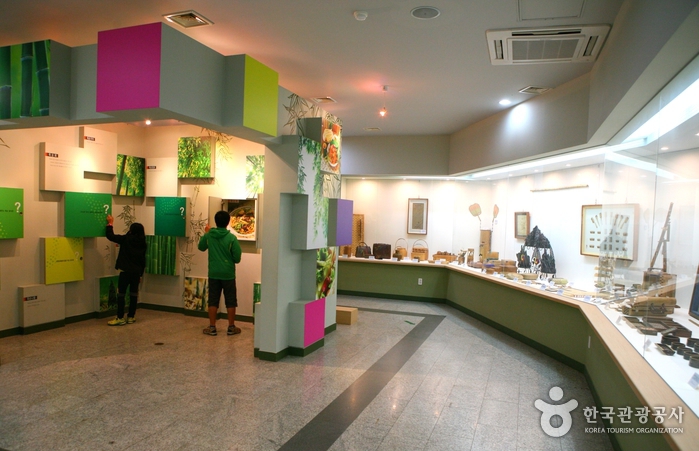
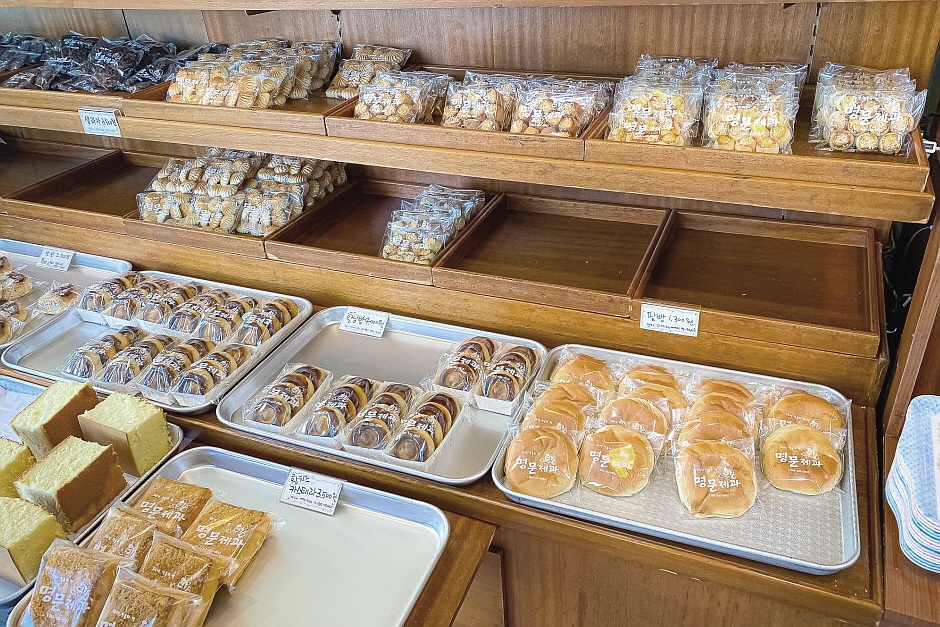
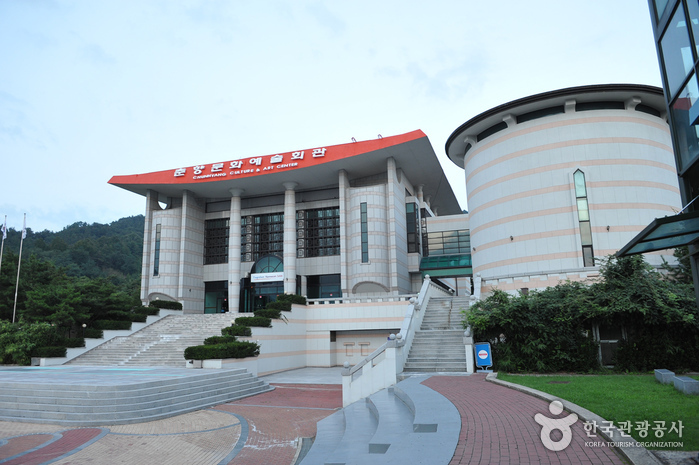
 English
English
 한국어
한국어 日本語
日本語 中文(简体)
中文(简体) Deutsch
Deutsch Français
Français Español
Español Русский
Русский